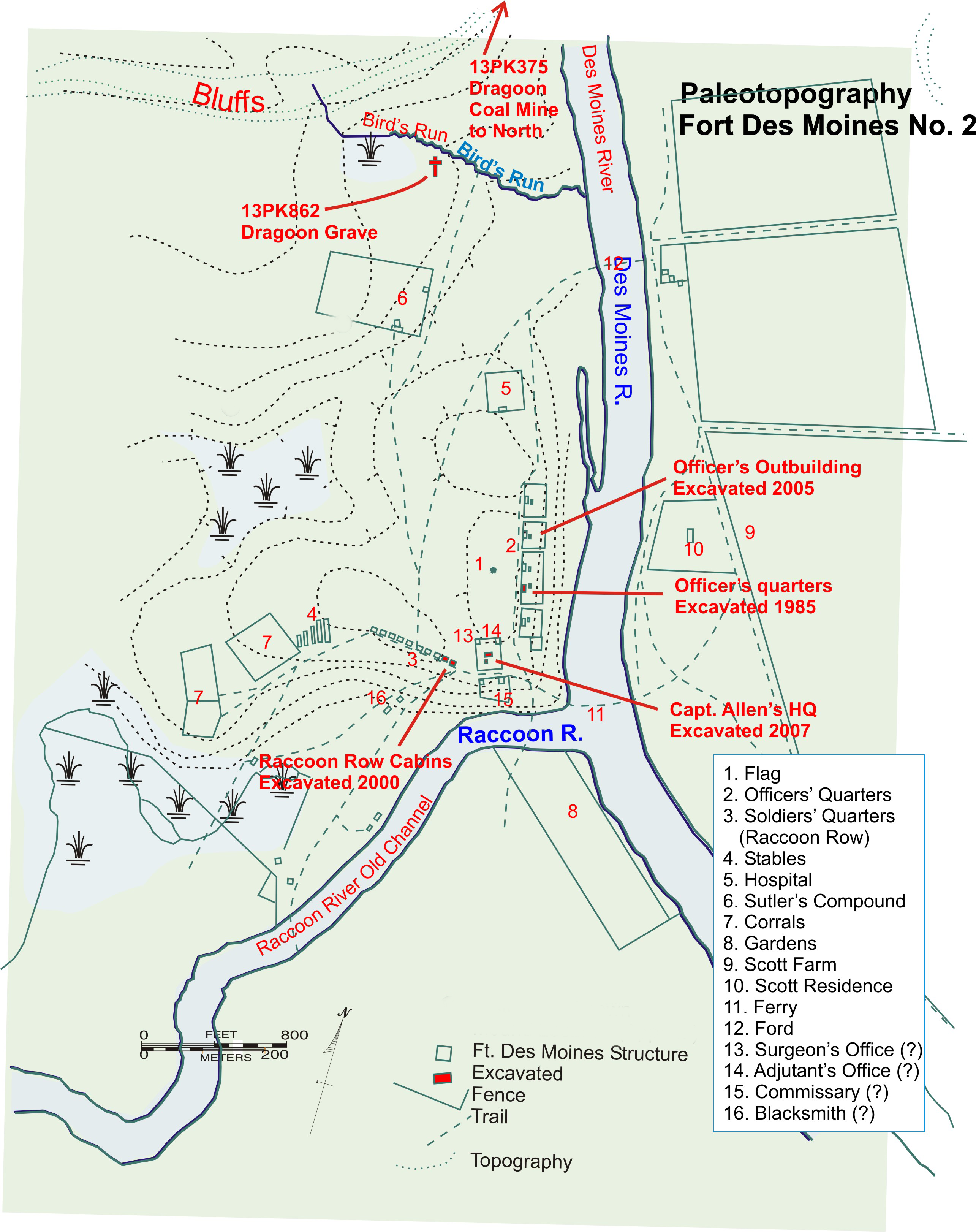|
Iowa (steamboat)
The Steamboat ''Iowa'' was revered as one of the largest and fastest boats on the Mississippi in the mid 19th century; it is incorporated into the official Seal of Iowa. Built in 1838, the ''Iowa'' was the first vessel named for the newly formed Territory of Iowa. It weighed 112 tons, could pull 10 keelboats, and it set the speed record from Galena, Illinois to St. Louis in 1843, making the trip in 44 hours, a record that held until 1849. The ''Iowa'' sank after a collision with the steamboat ''Declaration'' on Oct. 1, 1847 while traveling from New Orleans to St. Louis. This liability for this collision was ultimately decided by the U.S. Supreme Court case ''John Walsh v. Patrick Rogers'' (54 U.S. 283–1852). However, the ''Iowa'' was apparently rebuilt, or a new steamboat was later rechristened ''Iowa'', since similar side-wheeler appeared twice in Barber and Howe's 1865 ''Loyal West in the Time of Rebellion'', and there is reference to the ''Iowa'' being used as a troop tran ... [...More Info...] [...Related Items...] OR: [Wikipedia] [Google] [Baidu] |
Steamboat Iowa Barber 1865p506 Cropped
A steamboat is a boat that is propelled primarily by steam power, typically driving propellers or paddlewheels. Steamboats sometimes use the prefix designation SS, S.S. or S/S (for 'Screw Steamer') or PS (for 'Paddle Steamer'); however, these designations are most often used for steamships. The term ''steamboat'' is used to refer to smaller, insular, steam-powered boats working on lakes and rivers, particularly riverboats. As using steam became more reliable, steam power became applied to larger, ocean-going vessels. Background Limitations of the Newcomen steam engine Early steamboat designs used Newcomen steam engines. These engines were large, heavy, and produced little power, which resulted in an unfavorable power-to-weight ratio. The Newcomen engine also produced a reciprocating or rocking motion because it was designed for pumping. The piston stroke was caused by a water jet in the steam-filled cylinder, which condensed the steam, creating a vacuum, which in turn cause ... [...More Info...] [...Related Items...] OR: [Wikipedia] [Google] [Baidu] |
Davenport Barber 1865p517 Crop
Davenport may refer to: Places Australia *Davenport, Northern Territory, a locality * Hundred of Davenport, cadastral unit in South Australia ** Davenport, South Australia, suburb of Port Augusta ** District Council of Davenport, former local government area near Port Augusta ** Corporate Town of Davenport, former local government municipality near Port Augusta *Electoral district of Davenport, in South Australia Canada *Davenport (electoral district), a federal electoral district *Davenport (provincial electoral district), in Ontario *Davenport, Toronto, a neighbourhood and former village in Toronto * Davenport Road, Toronto United Kingdom * Davenport, Cheshire * Davenport, Greater Manchester United States * Davenport, Iowa, the largest city of that name in the US *Davenport, California *Davenport, Florida * Davenport, Nebraska * Davenport, New York **Davenport Center, New York *Davenport, North Dakota * Davenport, Oklahoma * Davenport, Virginia *Davenport, Washington *Davenport ... [...More Info...] [...Related Items...] OR: [Wikipedia] [Google] [Baidu] |
Mississippi River
The Mississippi River is the second-longest river and chief river of the second-largest drainage system in North America, second only to the Hudson Bay drainage system. From its traditional source of Lake Itasca in northern Minnesota, it flows generally south for to the Mississippi River Delta in the Gulf of Mexico. With its many tributaries, the Mississippi's watershed drains all or parts of 32 U.S. states and two Canadian provinces between the Rocky and Appalachian mountains. The main stem is entirely within the United States; the total drainage basin is , of which only about one percent is in Canada. The Mississippi ranks as the thirteenth-largest river by discharge in the world. The river either borders or passes through the states of Minnesota, Wisconsin, Iowa, Illinois, Missouri, Kentucky, Tennessee, Arkansas, Mississippi, and Louisiana. Native Americans have lived along the Mississippi River and its tributaries for thousands of years. Most were ... [...More Info...] [...Related Items...] OR: [Wikipedia] [Google] [Baidu] |
Seal Of Iowa
The Great Seal of the State of Iowa was created in 1847 (one year after Iowa became a U.S. state) and depicts a citizen soldier standing in a wheat field surrounded by symbols including farming, mining, and transportation with the Mississippi River in the background. An eagle overhead bears the state motto. Definition The Seal of Iowa is described carefully under Iowa Code 1A.1 in the following: "''The secretary of state be, and is, hereby authorized to procure a seal which shall be the great seal of the state of Iowa, two inches in diameter, upon which shall be engraved the following device, surrounded by the words, 'The Great Seal of the State of Iowa' - a sheaf and field of standing wheat, with a sickle and other farming utensils, on the left side near the bottom; a lead furnace and pile of pig lead on the right side; the citizen soldier, with a plow in his rear, supporting the American flag and liberty cap with his right hand, and his gun with his left, in the center and near ... [...More Info...] [...Related Items...] OR: [Wikipedia] [Google] [Baidu] |
Territory Of Iowa
The Territory of Iowa was an organized incorporated territory of the United States that existed from July 4, 1838, until December 28, 1846, when the southeastern portion of the territory was admitted to the Union as the state of Iowa. The remainder of the territory would have no organized territorial government until the Minnesota Territory was organized on March 3, 1849. History Most of the area in the territory was originally part of the Louisiana Purchase and was a part of the Missouri Territory. When Missouri became a state in 1821, this area (along with the Dakotas) effectively became unorganized territory. The area was closed to white settlers until the 1830s, after the Black Hawk War ended. It was attached to the Michigan Territory on June 28, 1834. At an extra session of the Sixth Legislative Assembly of Michigan held in September, 1834, the Iowa District was divided into two counties by running a line due west from the lower end of Rock Island in the Mississippi Rive ... [...More Info...] [...Related Items...] OR: [Wikipedia] [Google] [Baidu] |
Keelboat
A keelboat is a riverine cargo-capable working boat, or a small- to mid-sized recreational sailing yacht. The boats in the first category have shallow structural keels, and are nearly flat-bottomed and often used leeboards if forced in open water, while modern recreational keelboats have prominent fixed fin keels, and considerable draft. The two terms may draw from cognate words with different final meaning. A keep boat, keelboat, or keel-boat is a type of usually long, narrow cigar-shaped riverboat, or unsheltered water barge which is sometimes also called a poleboat—that is built about a slight keel and is designed as a boat built for the navigation of rivers, shallow lakes, and sometimes canals that were commonly used in America including use in great numbers by settlers making their way west in the century-plus of wide-open western American frontiers. They were also used extensively for transporting cargo to market, and for exploration and trading expeditions, for w ... [...More Info...] [...Related Items...] OR: [Wikipedia] [Google] [Baidu] |
Galena, Illinois
Galena is the largest city in and the county seat of Jo Daviess County, Illinois, with a population of 3,308 at the 2020 census. A section of the city is listed on the National Register of Historic Places as the Galena Historic District. The city is named for the mineral galena, which was in the ore that formed the basis for the region's early lead mining economy. Native Americans, primarily Mesquakie, Ho-Chunk, Sauk, and Menominee had mined galena in the area for more than a thousand years before European Americans settled in the area. Owing to these deposits, Galena was the site of the first major mineral rush in the United States. By 1828, the population was estimated at 10,000, rivaling the population of Chicago at the time. Galena developed as the largest steamboat hub on the Mississippi River north of St. Louis, Missouri. Galena was the home of Ulysses S. Grant and eight other Civil War generals. Today, the city is a tourist destination known for its history, architec ... [...More Info...] [...Related Items...] OR: [Wikipedia] [Google] [Baidu] |
State Historical Society Of Iowa
The State Historical Society of Iowa (SHSI), a division of the Iowa Department of Cultural Affairs, serves as the official historical repository for the State of Iowa and also provides grants, public education, and outreach about Iowa history and archaeology. The SHSI maintains a museum, library, archives, and research center in Des Moines and a research library in Iowa City, as well as several historic sites in Iowa. It was founded in 1857 in Iowa City, where it was first affiliated with the University of Iowa. As the organization grew in size and collections, it became a separate state agency headquartered near the Iowa Capitol in Des Moines. SHSI publications The SHSI currently publishes the ''Annals of Iowa''. In the past it published the ''Iowa Heritage Illustrated'', ''Goldfinch'', the ''Iowa Journal of History and Politics'', and the ''Iowa Historical Record''. It also currently produces an e-newsletter, the ''Iowa Historian''. State and federal regulation The SHSI is ... [...More Info...] [...Related Items...] OR: [Wikipedia] [Google] [Baidu] |
Independence, Iowa
Independence is a city in, and the county seat of, Buchanan County, Iowa, United States. The population was 6,064 in the 2020 census, an increase from 6,014 in 2000. History Independence was founded in 1847 near the center of present-day Buchanan County. The original town plat was a simple nine-block grid on the east side of the Wapsipinicon River. The town was intended as an alternative to Quasqueton (then called Quasequetuk), which was the county seat prior to 1847. The village of Independence had fewer than 15 persons when the county seat was transferred there. On Main Street, on the west bank of the Wapsipinicon, a six-story grist mill was built in 1867. Some of its foundation stones were taken from that of an earlier mill, the New Haven Mill, built in 1854, that was used for wool processing. (Prior to the incorporation of Independence in 1864, a short-lived neighboring village, called New Haven, had grown up on the west side of the river, hence the name New Haven Mill. ... [...More Info...] [...Related Items...] OR: [Wikipedia] [Google] [Baidu] |
Shipwrecks Of The Mississippi River
A shipwreck is the wreckage of a ship that is located either beached on land or sunken to the bottom of a body of water. Shipwrecking may be intentional or unintentional. Angela Croome reported in January 1999 that there were approximately three million shipwrecks worldwide (an estimate rapidly endorsed by UNESCO and other organizations). When a ship's crew has died or abandoned the ship, and the ship has remained adrift but unsunk, they are instead referred to as ghost ships. Types Historic wrecks are attractive to maritime archaeologists because they preserve historical information: for example, studying the wreck of revealed information about seafaring, warfare, and life in the 16th century. Military wrecks, caused by a skirmish at sea, are studied to find details about the historic event; they reveal much about the battle that occurred. Discoveries of treasure ships, often from the period of European colonisation, which sank in remote locations leaving few livi ... [...More Info...] [...Related Items...] OR: [Wikipedia] [Google] [Baidu] |
History Of Iowa
Native Americans in the United States resided in what is now Iowa for thousands of years. The written history of Iowa begins with the proto-historic accounts of Native Americans by explorers such as Marquette and Joliet in the 1680s. Until the early 19th century Iowa was occupied exclusively by Native Americans and a few European traders, with loose political control by France and Spain.Schwieder, Dorothy, ''History of Iowa'', Iowa Official Register, http://publications.iowa.gov/135/1/history/7-1.html Iowa became part of the United States of America after the Louisiana Purchase in 1803, but uncontested U.S. control over what is now Iowa occurred only after the War of 1812 and after a series of treaties eliminated Indian claims on the state. Beginning in the 1830s Euro-American settlements appeared in the Iowa Territory, U.S. statehood was acquired in 1846, and by 1860 almost the entire state was settled and farmed by Euro-Americans. Subsistence frontier farming was replaced by com ... [...More Info...] [...Related Items...] OR: [Wikipedia] [Google] [Baidu] |










